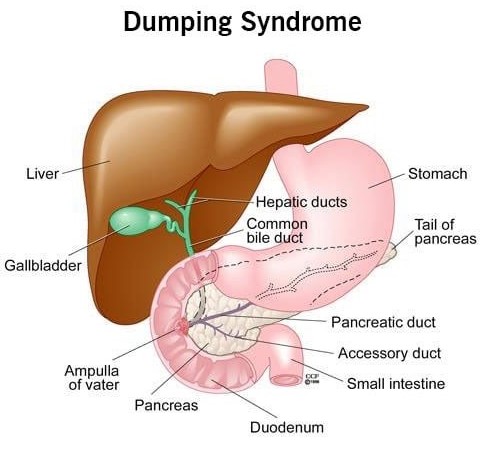The unlicensed assistive personnel (UAP) reports to the practical nurse (PN) that a male clientwith fluid volume overload will not allow the UAP to obtain his daily weight. Which action should the PN implement?
Include "Noncompliance”. as a priority problem in the client's plan of care.
Advise the UAP to re-attempt the daily weight after the client eats breakfast.
Consult with the client about the reasons for his refusal to be weighed
Calculate the client's weight based on the 24-hour fluid intake and output.
The Correct Answer is C
The correct answer is choice C. Consult with the client about the reasons for his refusal to be weighed.
Choice A rationale:
Including "Noncompliance”. as a priority problem in the client's plan of care assumes the client's refusal to be weighed is intentional and willfully disobedient. This may not be the case, and labeling the client as noncompliant could create a negative atmosphere, hindering effective communication and care.
Choice B rationale:
Advising the UAP to re-attempt the daily weight after the client eats breakfast does not address the underlying reason for the client's refusal. Additionally, there is no evidence suggesting that weighing the client after breakfast will improve the situation.
Choice C rationale:
Consulting with the client about the reasons for his refusal to be weighed is the most appropriate action. Open communication with the client can help identify any concerns or fears related to the weighing process. By understanding the client's perspective, the healthcare team can work together to find a solution that ensures the client's cooperation with the weight monitoring.
Choice D rationale:
Calculating the client's weight based on the 24-hour fluid intake and output is not a reliable method for obtaining an accurate weight measurement. Fluid volume overload can lead to fluid retention and may not accurately reflect the client's true weight.
Nursing Test Bank
Naxlex Comprehensive Predictor Exams
Related Questions
Correct Answer is D
Explanation
This comment shows empathy, respect, and support for the client, without being intrusive or judgmental. The PN acknowledges the client's feelings and offers companionship, which can help reduce isolation and loneliness.
The other options are not correct because:
A. This comment may be perceived as coercive or dismissive of the client's feelings, as it tries to persuade the client to do something he does not want to do or enjoy.
B. This comment may be perceived as accusatory or interrogatory, as it questions the client's decision or motive for staying in his room.
C. This comment may be perceived as minimizing or invalidating the client's feelings, as it implies that the client should not be sad or that his family is doing enough for him.
Correct Answer is ["0.75"]
Explanation
To calculate the amount of mL to administer, the PN should use the following formula:
mL = (mcg x 1 mg/1000 mcg) / (mg/mL)
Plugging in the given values, we get:
mL = (150 x 1/1000) / (0.2)
mL = 0.15 / 0.2
mL = 0.75
Therefore, the PN should administer 0.75 mL of octreotide subcutaneously.

Whether you are a student looking to ace your exams or a practicing nurse seeking to enhance your expertise , our nursing education contents will empower you with the confidence and competence to make a difference in the lives of patients and become a respected leader in the healthcare field.
Visit Naxlex, invest in your future and unlock endless possibilities with our unparalleled nursing education contents today
Report Wrong Answer on the Current Question
Do you disagree with the answer? If yes, what is your expected answer? Explain.
Kindly be descriptive with the issue you are facing.
